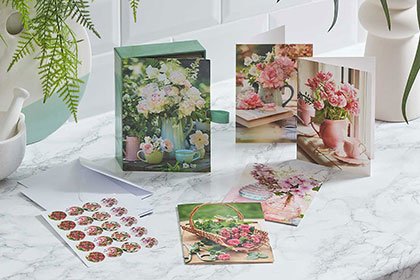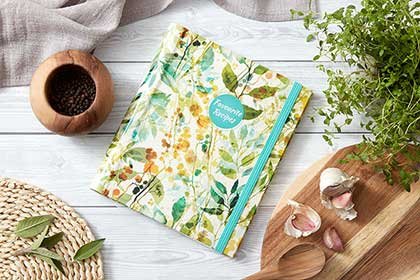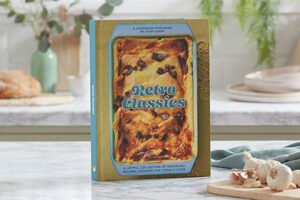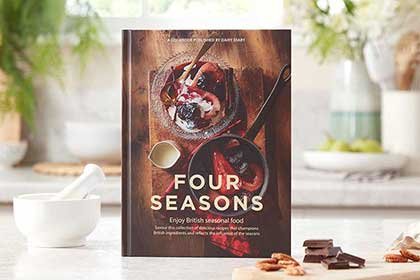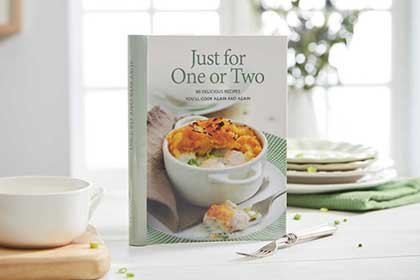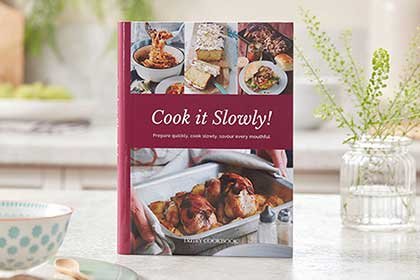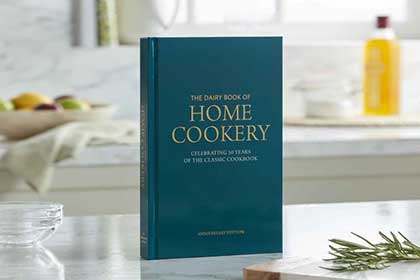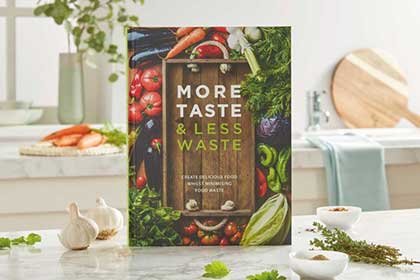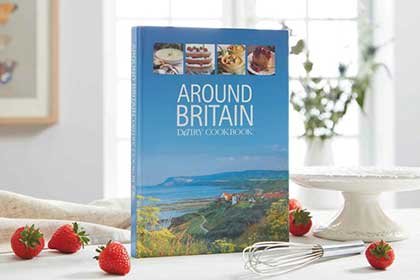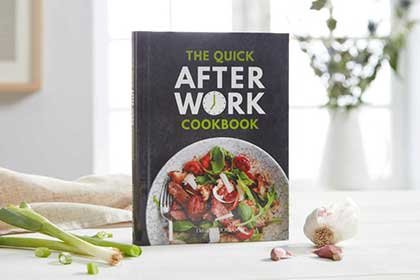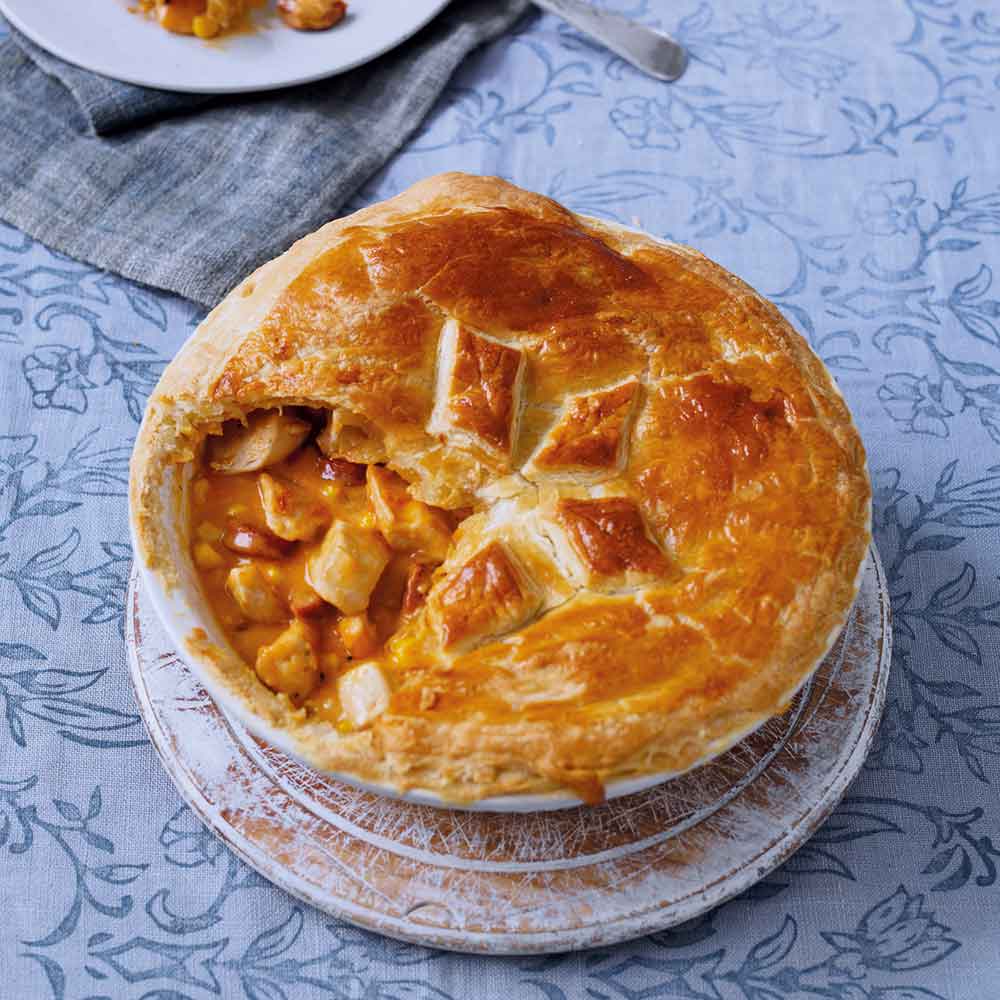The terms frosting, icing & buttercream are often used interchangeably but there are differences…
FROSTING – perhaps a term used more frequently in America, frosting is a general term for a sweet, spreadable topping for baked goods. Used to coat and decorate the outside (and often the inner layers) of a cake.
BUTTERCREAMS – are types of frosting – there are a number of different types of buttercream, some of which are outlined below.
GANACHE – another type of frosting that uses a mixture of chocolate and cream.
ICING – thinner and glossier, usually a mixture of powdered sugar and a liquid and can be used as a glaze or for detailed decorating.
Popular buttercream recipes from the Dairy Book of Home Cookery…
Classic Buttercream
Sufficient to fill and cover top of a two-layer 18cm (7in) sandwich cake.
Ingredients
110g (4oz) butter, softened
225g (8oz) icing sugar, sifted
2 tbsp milk
Few drops of vanilla extract
Method
- Beat butter until soft
- Gradually beat in sugar and milk
- Continue beating until light and fluffy
- Stir in vanilla, then chill until a little thicker.
This is a simple buttercream from the Dairy Book of Home Cookery. You could try out different flavourings such as;
- finely grated lemon zest
- finely grated orange zest
- a dash of rose extract
- few drops food colouring
- cocoa powder to taste
American Frosting
Sufficient to fill and cover top and sides of three 18cm (7in) sandwich cakes or one deep 18-20cm cake cut into two layers.
Ingredients
450g granulated sugar
2 egg whites
Pinch of cream of tatar
1 tsp vanilla essence
Method
- Put sugar and 150ml (¼ pint) water into a saucepan. Stir over a low heart until sugar dissolves.
- Bring to the boil. Cover pan and leave for 1 minute.
- Uncover. Continue to boil fairly briskly without stirring, for a further 5 minutes (or until a small quantity of mixture, dropped into a cup of very cold water, forms a soft ball when gently rolled between finger and thumb) Temperature on a sugar thermometer should be 116ºC (240ºF)
- Meanwhile, beat egg whites and cream of tartar to a very stiff snow.
- When sugar and water have been boiled for the required amount of time, pour onto egg whites in a slow, steady stream, beating all the time.
- Add vanilla
- Continue beating until frosting is cool and thick enough to spread
- Quickly use to fill cake. Swirl remainder over top and sides.
Seven Minute Frosting
Sufficient to fill and cover top and sides of a 2-layer 20cm (8in) sandwich cake.
Ingredients
165g (5½ oz) granulated sugar
½ tsp cream of tartar
Pinch of salt
2 egg whites
1tsp vanilla extract
Method
1.Place sugar, cream of tartar, salt egg whites and 90ml (3fl oz) water in a bowl.
2.Place over a pan of hot water and beat with a hand-held electric mixter for about 7 minutes until mixture thickens and stands in peaks
3. Remove from pan and add vanilla
4. Continue beating for 2-3 minutes
5. Use to fill and spread over cake. Swirl with a pallette knife or back of a spoon.
Other Types of Buttercream
Swiss Meringue Buttercream – known for its smooth light texture, this buttercream is made from heating and mixing together egg whites and granulated sugar to create meringue and then gradually incorporating softened butter. Thick and creamy and perfect for piping or spreading.
Italian Meringue Buttercream – similar to Swiss meringue buttercream, but this version uses a hot sugar syrup to heat the egg whites to make the meringue before the addition of butter. Slightly tricker to make due to the handing of the sugar syrup but professionals find this great to pipe with.
French Buttercream – this luxurious and decadent buttercream is created by whipping together egg yolks and hot sugar syrup to create a rich, silky and pale yellow mixture before whipping in softened butter. Tasty but not as good for piping.
German Buttercream – combines pastry cream made from milk, sugar, egg yolks and cornstarch with softened butter. This frosting has a lightly sweet, custardy flavour and pale yellow colour.
Russian Buttercream – with only two ingredients, this is one of the simplest buttercream recipes. Room temperature butter is whisked to a light fluffy texture, then sweetened condensed milk is slowly incorporated.
Peanut Butter & Popcorn Layer Cake
A delicious Peanut Butter & Popcorn Layer Cake recipe from the Dairy Diary.
This decadent cake uses a mixture of butter and peanut butter to make the buttercream filling!
Mini Simnel Cakes
These lightly spiced, quick and easy Simnel Cakes are perfect for Easter celebrations and use ground almonds within the buttercream to enhance the taste even further. If you don’t have ground almonds or don’t like the texture you can use almond extract.

Head of Dairy Diary; I’m passionate about producing high quality products that our customers will cherish. I’m also a mum of three and I enjoy cooking, walking, gardening and art with my family, as well as lino printing (if I find time!)












